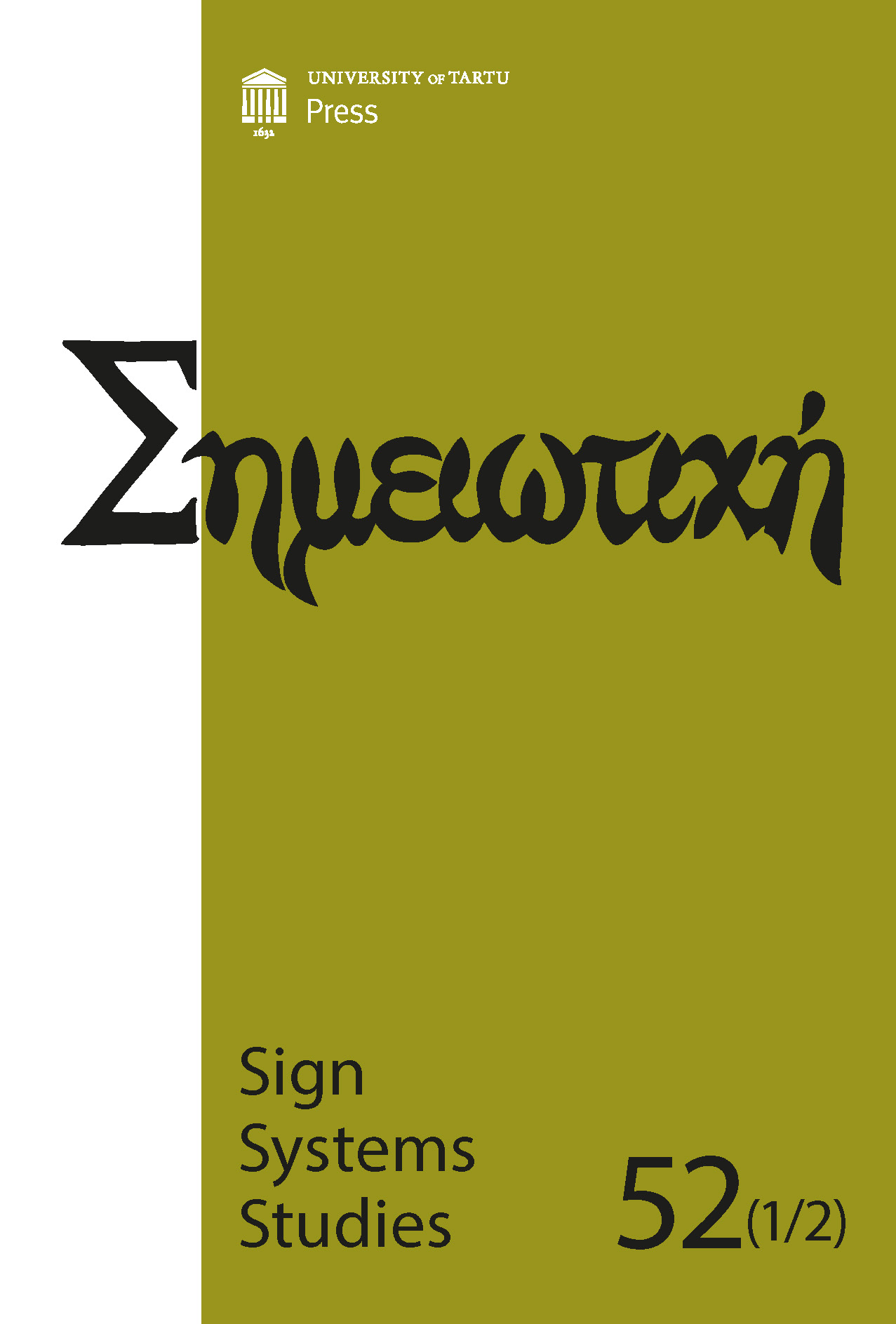Utopian semiospheres: Isolation and dialogue across borders
DOI:
https://doi.org/10.12697/SSS.2024.52.1-2.06Keywords:
utopia, semiosphere, boundary, centre, periphery, utopian language, translation, dialogue, isolationismAbstract
The paper applies Juri Lotman’s theory of the semiosphere to utopian studies with the aim of identifying the principal components and mode of functioning of classic utopian discourse. Without questioning the ultimate result of any interaction within a utopian dialogic situation, which necessarily demonstrates the superiority of the ideal world (no-place/ou-topos) over the external world of imperfection (e.g. Europe or America), it is argued that the encounter between the utopian and non-utopian semiospheres offers an interesting starting point for a discussion of intercultural translation and dialogicity involving two different mechanisms of sign production. Contrary to its ‘real-world’ counterpart, where the sign production is governed by asymmetry, binarism, replacement, and diversification, the utopian semiosphere relies on the truthfulness of signs, all-encompassing semioticity, unifying enhancement, and homogeneity. The hyperbolization of the opposition between the ideal state and the external world is metonymically reflected in the construction of the utopian state itself, with its centre and periphery radically polarized and separated by the impassable internal boundary. Although typical representations of the external utopian boundary foreground its distinctly separative function, multiple acts of the intercultural exchange between representatives of the two semiospheres expose the boundary’s translatory function.
Downloads
Downloads
Published
How to Cite
Issue
Section
License
Copyright (c) 2024 Artur Blaim, Ludmiła Gruszewska-Blaim

This work is licensed under a Creative Commons Attribution-NonCommercial-NoDerivatives 4.0 International License.


